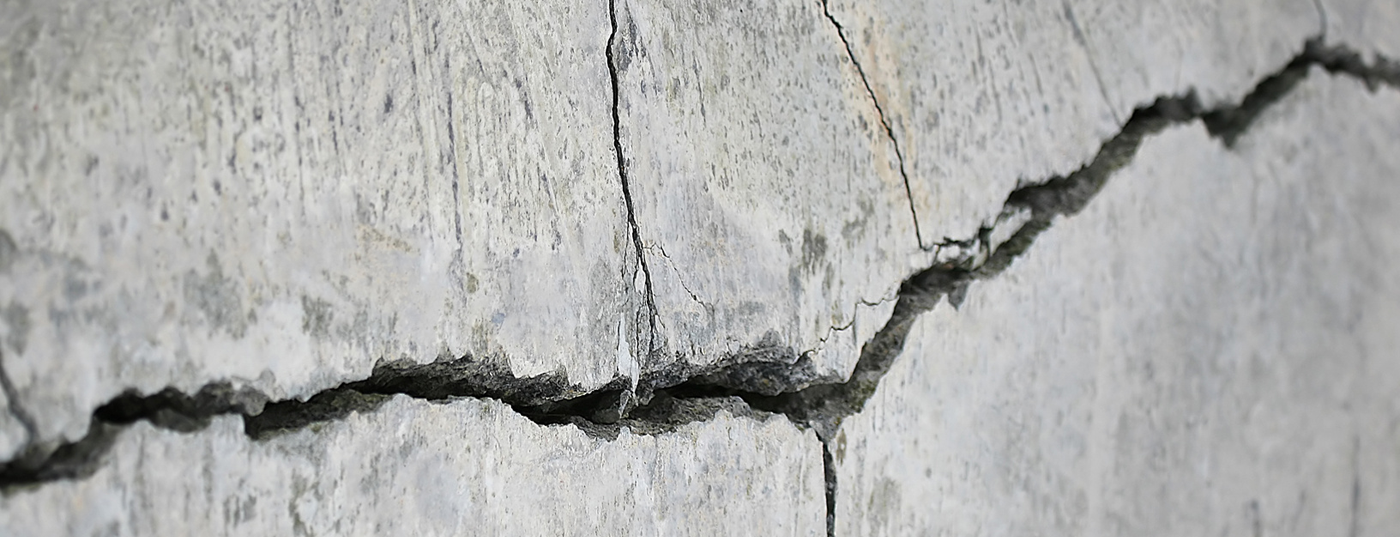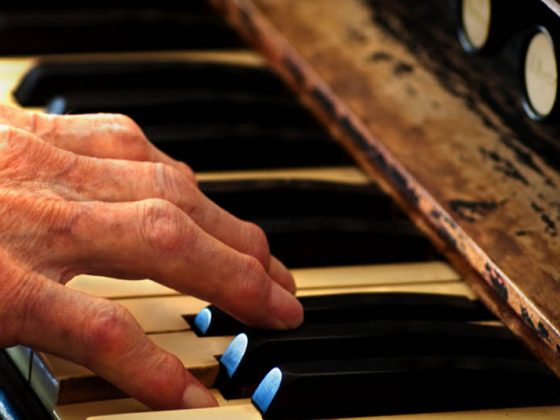Severin Läuchli, MD, senior physician and head of dermatosurgery at the Dermatology Clinic at the USZ, discussed the development and therapy of pathological scars with DERMATOLOGIE PRAXIS. From a broad spectrum of therapies, he lists the advantages and disadvantages of the individual approaches and ventures an outlook into the future.
Dr. Läuchli, what is a pathological scar anyway and why do some scars develop pathologically and some not?
Dr. Läuchli:
Pathological scars are hypertrophic scars on the one hand and keloids on the other.
Hypertrophic scars develop predominantly when wound infection occurs during the healing process, when there is too much tension on a postoperative wound, or when a wound healing disorder otherwise occurs. Keloids, on the other hand, develop due to a genetic predisposition, if one follows the clear indications from research. Hypertrophic scars are more common, usually smaller and milder in appearance than keloids. They may regress spontaneously. Keloids can sometimes assume grotesque proportions, never regress spontaneously, but fortunately are rather rare.
How do keloids and hypertrophic scars differ in appearance?
Hypertrophic scars are limited in extent to the original defect, whereas keloids may extend beyond it.
Now to the different therapy methods, which are often combined. Which scars respond particularly well to treatment with glucocorticoids?
Glucocorticoids provide a good response, especially in relatively fresh scars that are not yet so pronounced. They are also effective especially in hypertrophic scars. For keloids, we tend to use glucocorticoids in combination with other procedures.
The application is done by intralesional injection, either with the Dermojet or a screwed syringe, I personally prefer the latter.
Various agents such as silicone gels and silicone gel sheets can alter the scar surface. How do they work?
In principle, both processes have been around for some time. Silicone gel is a little more pleasant to use, whereas the film may be a little more effective. However, there are no clear data for this. The way it works is not entirely clear. Both likely act via moisture retention in the scar and altered surface tension, which then causes the scar to regress.
Pressure and compression therapy is used especially for burn scars. What results can we expect here?
Used early, pressure therapy has a preventive character. A fully developed keloid will not regress with pressure therapy, but an emerging keloid can be treated well with pressure therapy. Of course, the use of pressure therapy is possible only in localizations that are accessible for such an approach, e.g. the extremities, the décolleté and the shoulder area, but also the earlobes (ear clip). Most often, the treatment is combined with silicone sheets (silicone on the scar and then apply pressure). Specially made garments that generate pressure can also be made for extensive burns to the extremities. Pressure therapy achieves good results in extensive scars, it is one of the most important pillars in scar therapy. However, because it must be done very consistently to be effective, it understandably brings compliance issues.
This leads us directly to the next question: Aren’t such pressure and compression procedures very uncomfortable and restrictive for the patient over a longer period of time (e.g. in heat)?
But, of course, this is a very complex and for the patient quite stressful therapy. Possible subsequent problems are increased sweating and skin irritation under the corsets. The pressure must be applied a full 23 hours a day to achieve success. Compliance is really only given when there is a sufficiently large amount of suffering.
How exactly and over what period of time does cryotherapy take place?
Cryotherapy is an excellent therapeutic measure, especially for somewhat advanced keloids. However, it must be of a certain intensity, i.e., you should not just superficially freeze for a few seconds, but freeze for 30-60 seconds (depending on the thickness of the keloid). The approach works best in combination with an injection procedure, so if you inject steroids after cryotherapy, for example. Repetition is necessary every four to six weeks (this is how long the resulting wound needs to heal). In total, the patient must be treated three to ten times. So here, too, the duration should not be underestimated.
What place (possibly also combined with other forms of therapy) do ablative and non-ablative laser techniques occupy in the overall spectrum of therapy?
On the one hand, there is the dye laser (“pulsed dye” laser) and the flashlamps, which are effective mainly on reddened or hyperemic scars. This may achieve some regression, i.e. influence the redness and volume, but these procedures are not well proven.
On the other hand, there is theCO2 laser, which works quite well (ablation) for keloids on the earlobe, for example. However, it is mandatory to combine this treatment with a follow-up therapy: either steroid injections or X-ray therapy.
As a third option, theCO2 fractional laser is used especially for atrophic scars, as it causes some tissue tightening. Case reports suggest that it can also lead to smoothing in hypertrophic scars. However, this is not its primary field of application.
What are the current new developments in scar therapy?
What is already used are other injection substances, e.g. cytostatics (5-FU and bleomycin). Although they are not yet fully established, they are very promising. They are injected in a similar way to steroids, although they seem to work better. Since they are applied only locally, they usually do not entail systemic side effects. As with all chemotherapeutic agents, the main expense is in manufacturing, application and disposal.
Other approaches such as interferon-α or imiquimod for prevention are currently still under investigation and show some success in scar therapy.
Interview: Andreas Grossmann
DERMATOLOGIE PRAXIS 2014; 24(4): 26-27











